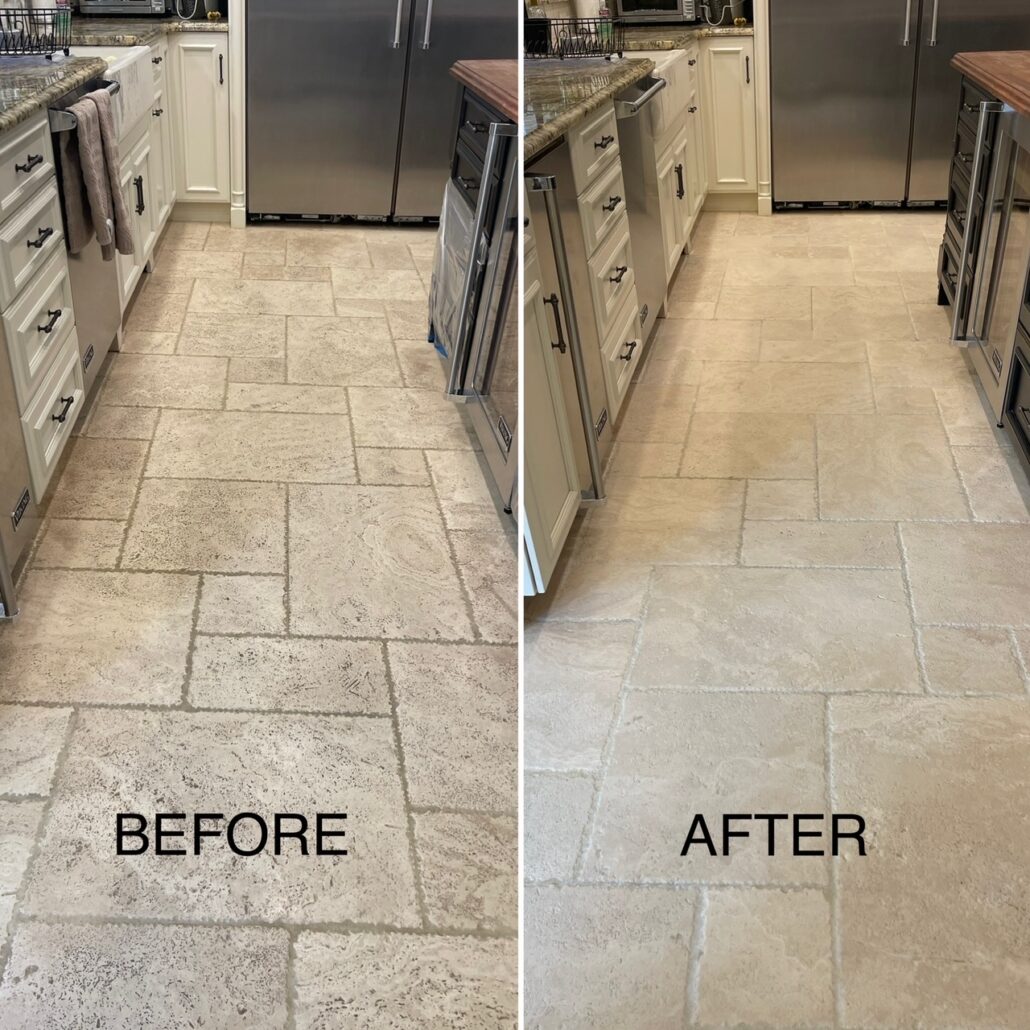In a environment where recent development often takes the forefront over maintenance, the significance of stone preservation cannot be undervalued. Stone structures, whether they are historic buildings, overpasses, or pathways, hold stories and craftsmanship that characterize our architectural heritage. They are beyond substances; they represent the artistry and labor of those who came before us. By focusing on stone preservation, we not only protect these valuable assets but also aid to the sustainability of our environment, reducing the need for fresh supplies.

As residents and communities look to preserve their cultural landscapes, grasping the nuances of stone preservation becomes essential. From noticing when it is time to refurbish your stonework to preventing common errors that can undermine the integrity of the initial components, there is much to explore. This guide will discuss all aspects from the recommended methods for preserving your rock features to the key part of restoration in celebrating our history. Join us as we explore the techniques and principles behind stone restoration and uncover how maintaining the past can enrich our tomorrow.
The Importance of Stone Restoration
Restoring stone plays a crucial role in preserving the visual and structural integrity of both historic and modern buildings. Stone surfaces, whether they are exteriors, walkways, or interiors, can suffer from degradation due to exposure to the elements like weathering, contamination, and general usage. By restoring these surfaces, we not only preserve the beauty of our design legacy but also enhance the longevity of these buildings. This process ensures that the narratives and artistry embedded in stone are not lost to time.
Moreover, the restoration of stone is an integral aspect of sustainable practices in building and renovation. Opting to restore rather than discard natural stone reduces waste and minimizes the carbon footprint associated with new materials. It aligns with the principles of conservation and respect for history, allowing those to come to enjoy these sites. By investing in the restoration of stone, property owners contribute to a broader movement that prioritizes environmental stewardship.
In conclusion, preserving natural stone can significantly increase the value of properties. Properly cared for stonework adds both aesthetic charm and structural reliability, making properties more appealing to interested purchasers. This investment not only protects the original character and appeal of a property but also shows a commitment to craftsmanship and conservation. In an age where preserving history is ever more valued, stone restoration stands out as a critical element in the larger context of home and building restoration efforts.
Common Errors in Stone Restoration
One of the most often encountered errors made in stone restoration is the use of incorrect cleaning methods. Many property owners attempt to clean their stone surfaces with aggressive chemicals or gritty tools, which can lead to deterioration of the surface. It's essential to understand the type of stone being restored and choose cleaning products specifically designed for that material. Using pH-balanced cleaners and gentle cloths or brushes is often a safer approach that can prevent long-term harm.
Another common mistake is underestimating the importance of proper moisture control. Excessive dampness can lead to mold growth and degradation of stone structures. It's essential to evaluate the adjacent environment and ensure that proper drainage and ventilation are in place. Using sealers that are suited for the type of stone can also help maintain its structure by providing a protection from moisture infiltration.
Lastly, many people fail to recognize the significance of professional help when necessary. While some restoration projects may seem achievable, certain situations require the expertise of trained technicians. Missteps in restoration can result in more substantial damages and higher costs down the line. Engaging with qualified restorers can ensure that the job is done correctly and preserve the stone’s heritage and artistic value.
Tips for Maintaining Stone Surfaces
For the purpose of keep your stone surfaces looking in optimal condition, routine cleaning is essential. Utilize a gentle brush or cloth to eliminate dust and debris, and avoid using strong chemicals that could harm the stone. Rather, select a pH-balanced cleaner designed formulated for stone. Always clean thoroughly with clean water to avoid any residue buildup, which can dull the surface over time.
Applying a sealant to your stone surfaces is another important step in maintenance. A high-quality sealant can offer a protective barrier against stains and moisture, which serves to preserve the natural aesthetic of the stone. Based on the type of stone and its application, you may need to refresh the sealant every couple of years. http://lindgrenzhang.jigsy.com/entries/general/This-is-the-Science-Of-Stone-Restoration-Substances-and-Methods to any signs of wear or dimness as these can indicate that it is time for resealing.
Finally, be aware of how you place and use items on your stone surfaces. Use placemats or coasters for heated or bulk objects to prevent chips and scratches. Avoid using abrasive materials during cleaning, and be cautious with sour foods or drinks that can etch the stone. By taking these straightforward precautions, you can extend the life of your stone surfaces and keep them looking beautiful for years to come.
